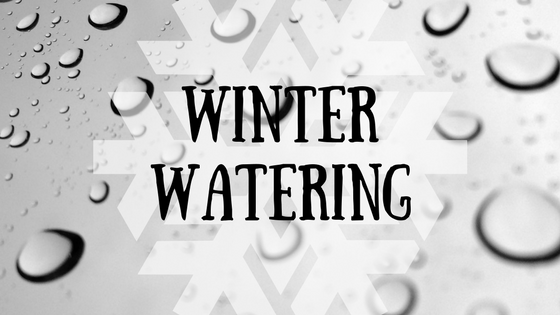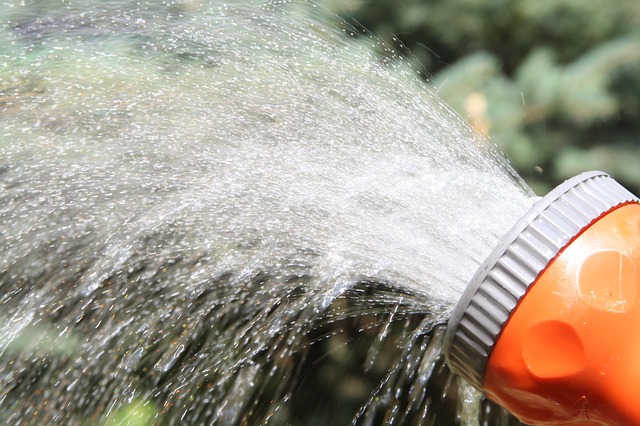
While the rest of the country deals with record-breaking cold, we’ve had an unseasonably warm and dry start to 2018. There’s probably been more snow in Florida than Denver so far this year. Talk about a wacky winter! But while the mild days are great for a walk in the park, they can be hard on our garden plants. Even though our plants are dormant, they still need a minimum amount of moisture throughout the cold season. Without a little supplemental water from you, these winter dry spells can be damaging to your plants. In fact, many common garden problems people have in the spring time, like dead branches and yellow anemic leaves, can be caused by lack of water during the winter. All the plants in your yard and garden could benefit from a little extra drink this winter, but the most vulnerable are those new trees, shrubs and perennials you may have planted last season. Trees and shrubs (especially evergreens which tend to lose a lot of moisture through their needles) planted in windy areas or places with refracted heat from walls or fences also need a little extra winter water this time of year. Here are some handy guidelines to help keep your garden hydrated all winter:1. The CSU Extension Office recommends watering at least once a month between October and March.2. With your sprinklers turned off and blown out (you responsible home owner, you) use your garden hose to do your winter watering.

3. Water only when the air temperature is higher than 40 degrees.
4. Don’t water if the ground is frozen.
5. Water in the middle of the day so the water has time to soak into the soil before nightfall.
6. As a general rule, give your tree 10 gallons of water for each inch of diameter. So, if your tree measures 2 inches in diameter, give it 20 gallons of water.
7. Remember to disconnect and drain the hose when you’re done.
